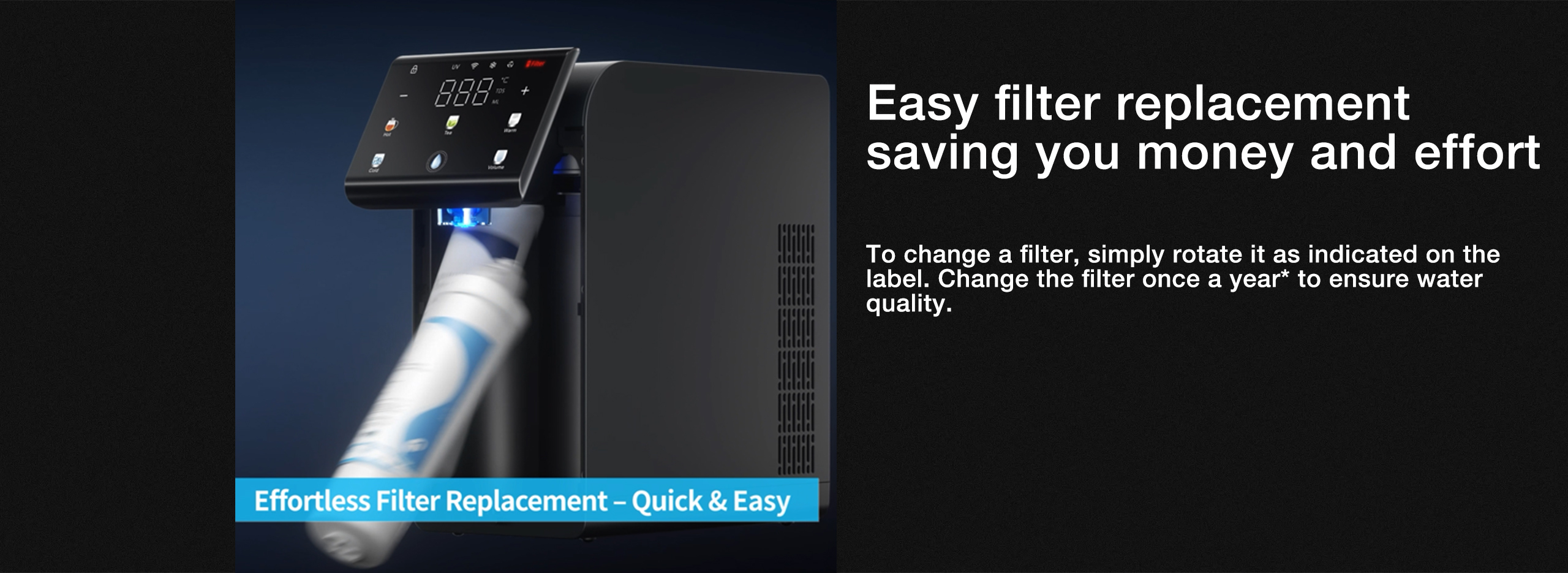 Introduction
Introduction
As global industries race to meet net-zero targets, the water dispenser market is undergoing a quiet but transformative shift—one driven not just by technology, but by the very materials that make these devices. From biodegradable plastics to recycled metals, manufacturers are reimagining product life cycles to reduce environmental footprints while enhancing performance. This blog explores how sustainable materials science is revolutionizing water dispenser design, creating eco-conscious appliances that appeal to both consumers and regulators.
The Push for Circular Design
The traditional linear model of “produce, use, discard” is collapsing. According to the Ellen MacArthur Foundation, 80% of a product’s environmental impact is determined at the design stage. For water dispensers, this means:
Modular Construction: Brands like Brita and Bevi now design dispensers with easily replaceable parts, extending device lifespans by 5–7 years.
Closed-Loop Materials: Whirlpool’s 2024 dispensers use 95% recycled stainless steel, while LARQ incorporates ocean-bound plastics into housing units.
Bio-Based Polymers: Startups like Nexus develop casings from mycelium (mushroom roots) that decompose in 90 days post-disposal.
Key Innovations in Material Science
Carbon-Negative Filters
Companies like TAPP Water and Soma now offer filters made from coconut shells and bamboo charcoal, which sequester more CO2 during production than they emit.
Self-Healing Coatings
Nano-coatings (e.g., SLIPS Technologies) prevent mineral buildup and scratches, reducing the need for chemical cleaners and part replacements.
Graphene-Enhanced Components
Graphene-lined tubing in dispensers improves thermal efficiency by 30%, slashing energy use for heating/cooling (University of Manchester research).
Market Impact: From Niche to Mainstream
Consumer Demand: 68% of buyers under 40 prioritize “eco-materials” when choosing dispensers (2024 Nielsen Report).
Regulatory Tailwinds:
The EU’s Ecodesign for Sustainable Products Regulation (ESPR) mandates recyclable dispenser components by 2027.
California’s SB 54 requires 65% of plastic parts in appliances to be compostable by 2032.
Cost Parity: Recycled aluminum now costs 12% less than virgin materials due to scaled solar-powered smelting (IRENA).
Case Study: How EcoMaterial Became a Selling Point
Scenario: AquaTru’s 2023 countertop dispenser
Materials: Housing from 100% post-consumer PET bottles, filters from rice husk ash.
Result: 300% YOY sales growth in Europe; 92% customer satisfaction on “eco-credentials.”
Marketing Edge: Partnered with Patagonia for a limited edition, emphasizing shared sustainability values
Post time: May-14-2025

